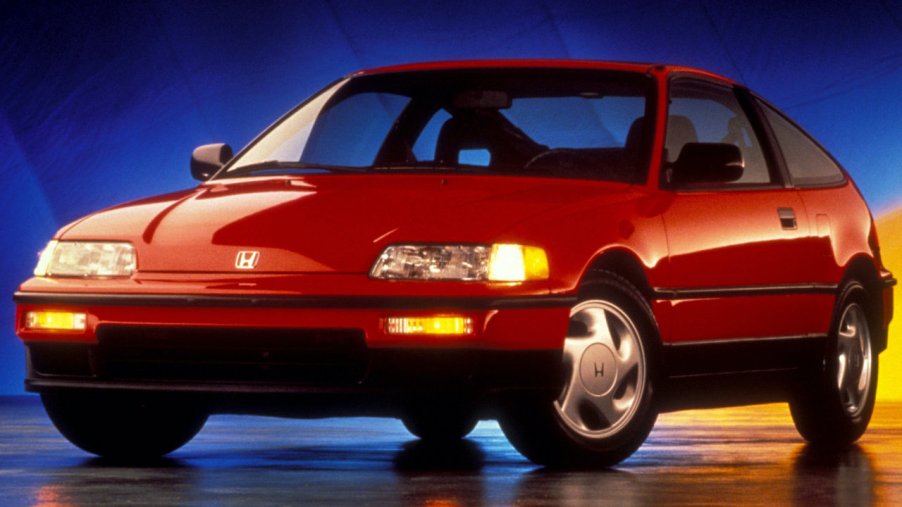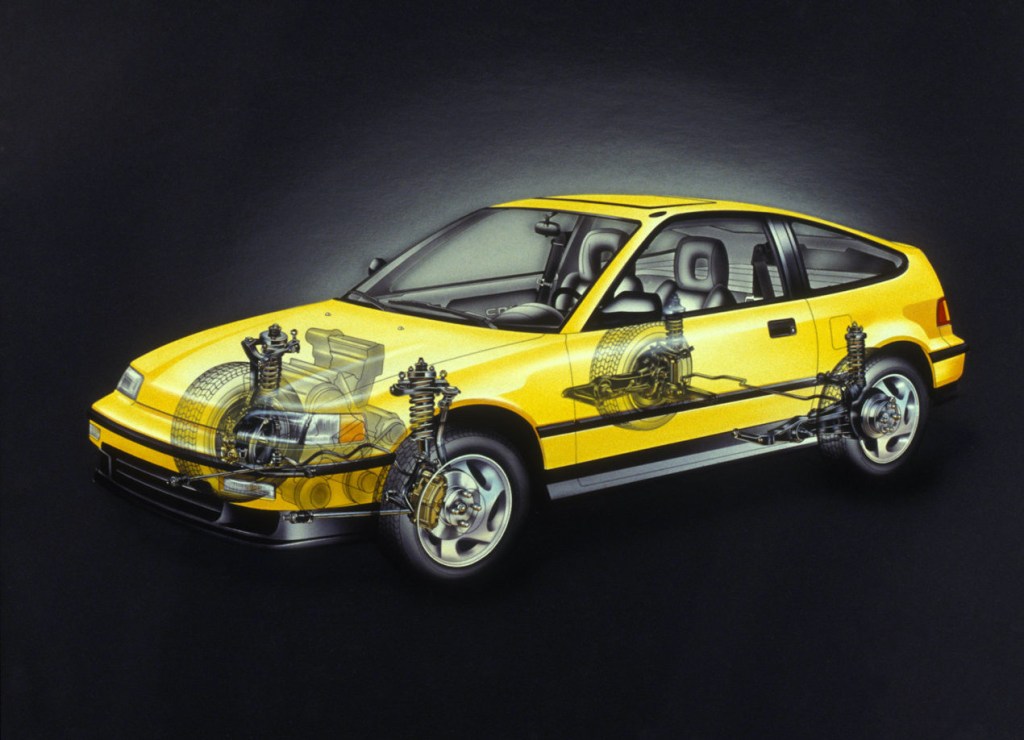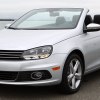
Fuel-Saver Flashback: Honda CR-X HF
Taking a look back at the history of Honda’s compact car lineup, it’s easy to see why the brand has garnered such an amazing reputation for achieving stellar fuel economy. During the mid- to late-80s, while gas prices were on the rise and large American cars ran rampant, Honda was producing cars like the CR-X; a small, two-seat car that was built for efficiency and fun. The most fuel-efficient CR-X, however, was the HF trim level. Let’s take a closer look.
History
The Honda CR-X was produced in America from 1984-1991 and was subsequently replaced by the Honda Civic del Sol. During its production cycle, the CR-X went through a major redesign in not only the looks department, but it even switched from carbureted fuel delivery in favor of the more-efficient programmable fuel injection. In 1985, Honda released the HF trim level, which stood for “high fuel” and was the fuel-efficient variant to the sportier CR-X Si (Sport injected) trim.
The second generation of the CR-X came in 1988 when the car went through a major overhaul. The exterior makeover included flush-mounted headlights, a completely revised front and rear-end, and the switch from a torsion-beam rear suspension to an independent double-wishbone for better handling and comfort. The CR-X now had three different trim levels to choose from and under the hood of the new generation model was a selection of three various fuel-injected engines, although the HF remained the most efficient.
Body
In its first generation (1984-87), the Honda CR-X’s exterior was pretty indicative of cars during that era in that it was “boxy” despite its angular, wedge-like shape. While it may have looked sporty at the time, Honda didn’t necessarily mean for it to be a sports car. Its two-seat configuration was mainly for weight savings and the body panels were lightweight; in fact, the front fenders were made of plastic.
For the CR-X’s second generation (1988-91), Honda reworked the car inside and out. They kept the iconic wedge shape but smoothed out the headlights, fenders, and front bumper to make it look a little more aerodynamic. The rear end also received an overhaul as the rear bumper was smoother and the rear hatch featured a tinted glass section, which not only looked more modern but also gave the driver better rearward visibility. On the inside, the dash design was “driver-focused” as the center console and button were tilted more toward the driver.

Engines
The first generation of the CR-X HF was powered by a 1.5-liter engine block that was topped off by an 8-valve, carbureted cylinder head and mated to a five-speed manual transmission. This setup was good for 60 horsepower and 73 lb-ft of torque. For the second generation, the CR-X HF received an upgraded multi-port fuel injection setup, but the overall dimensions of the engine remained the same. The new fuel injected system garnered a bump in horsepower as the 88-91 CR-X HF put out 72 horsepower and 83 lb-ft of torque.
Fuel economy
While the CR-X HF’s engines were small and not very powerful, both iterations of the car weighed less than 2,000 pounds. This was about a decade before hybrid powertrains and advanced computer programming became mainstream, so Honda relied on weights savings and small engines. As such, the first-generation CR-X HF obtained 45 mpg in the city and 50 mpg on the highway, while the later generation achieved 43 in the city and 49 on the highway.
Is it worth it to buy one now?
We definitely think so, if you can actually find one in decent shape. Considering any CR-X is about 30 years old now, you would be hard-pressed to find one in stock condition, let alone something that’s good enough to sit in. However, if you can find one and drive it, we’re sure you’ll find a lot to enjoy about Honda’s non-hybrid, non-sports car that looked sporty and got hybrid-like mileage.



